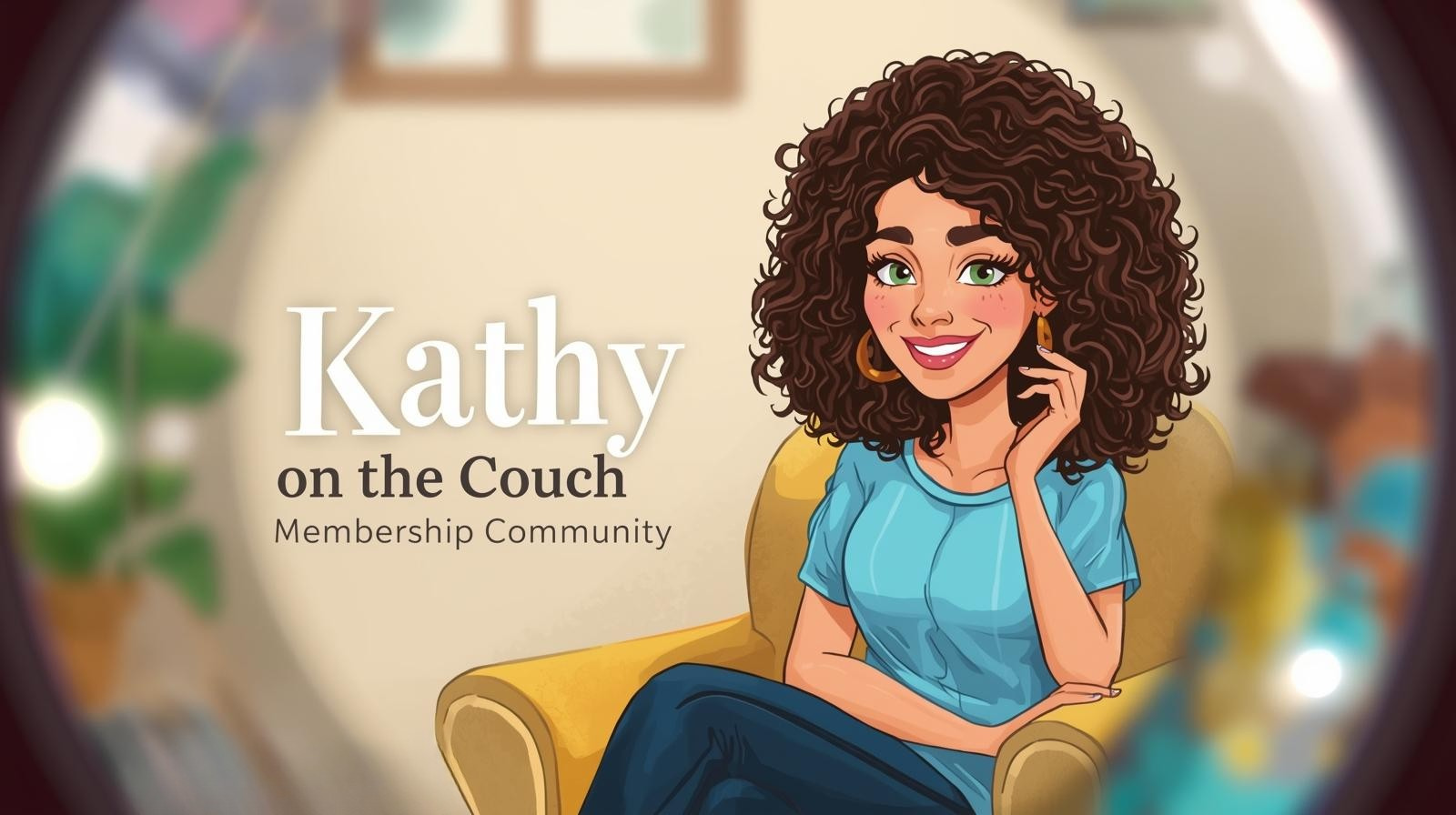Continuing Bonds Theory
Nov 14, 2023
When we consider the way that grievers experience grief, the Continuing Bonds Theory has been a major way of coping with the death of someone. We know grief is a universal human experience, and it's often accompanied by a wide range of emotions and coping mechanisms.
For many years, the prevailing belief was that the ultimate goal of grieving was to "move on" and sever the bond with the deceased. However, the Continuing Bonds Theory challenges this notion, emphasizing the importance of maintaining a connection with the departed. In this blog, we'll delve into the Continuing Bonds Theory, its significance, and how it has transformed our understanding of grief.
Understanding the Continuing Bonds Theory
Developed by Klass, Silverman, and Nickman in the late 1990s, the Continuing Bonds Theory is a perspective that recognizes the enduring connection between the living and the deceased. It argues that instead of detaching from the deceased, individuals can adapt and find comfort in maintaining an ongoing relationship with them. This connection may take various forms including memory, dialogue, and even spiritual or symbolic connections. Many grievers I work with find comfort in the symbolism of staying connected with their loved one. This provides a way to make sense of the loss and cope with the outcome of death.
Key Elements of the Continuing Bonds Theory
Grief as a Lifelong Process: The theory asserts that grieving is not a linear process with a finite endpoint; it's a lifelong journey of adapting to the absence of a loved one.
The Relevance of Memory: Memories play a vital role in sustaining the bond with the deceased. Reminiscing about shared experiences and stories keeps the relationship alive.
Continued Communication: People may continue to communicate with the deceased through internal dialogue, letters, or even rituals. This practice provides a sense of connection and support.
Symbolic Representations: Creating symbols or rituals that represent the deceased, such as planting a tree or keeping a photo, helps individuals maintain their bond.
Changing Nature of the Relationship: As time passes, the nature of the bond may evolve. The emotional intensity of grief may lessen, but the connection can remain strong.
Significance of the Continuing Bonds Theory
Normalization of Grief: This theory validates the natural human response of seeking to maintain a connection with loved ones who have passed away, reducing the stigma associated with grief.
Psychological Well-being: Embracing the continuing bond can contribute to emotional well-being, as it allows individuals to find comfort and support in their connection with the deceased.
Coping Mechanism: The ongoing relationship with the deceased can serve as a significant coping mechanism, helping individuals navigate the challenges of life without their loved one.
Resilience and Growth: Maintaining the bond can be a source of strength, resilience, and personal growth, allowing individuals to find meaning in their loss.
Cultural Variations: The theory recognizes that the way individuals maintain a connection with the deceased may differ across cultures, highlighting the importance of cultural sensitivity in the grieving process.
The Continuing Bonds Theory has shifted our perspective on grief from a process of detachment to one of ongoing connection. It acknowledges the human need to remember and relate to those we have lost. By embracing this perspective, we can better support those who are grieving and help them find solace in maintaining their bonds with the departed.
Grief is a deeply personal journey, and the Continuing Bonds Theory reminds us that it's perfectly natural to continue loving, remembering, and being connected to those who have left this world.
For more information view these resources:
https://www.joincake.com/blog/continuing-bonds/
https://whatsyourgrief.com/grief-concept-care-continuing-bonds/
Citation:
Couch, K. ( 2023, November 14). Continuing Bonds Theory [Blog Post]. Rewired360. Retrieved from https://www.rewired360.com/blog/continuing-bonds-theory.
Stay Connected
Get resources, motivation, and guided activities delivered to your inbox.
Don't worry, your information will not be shared.


